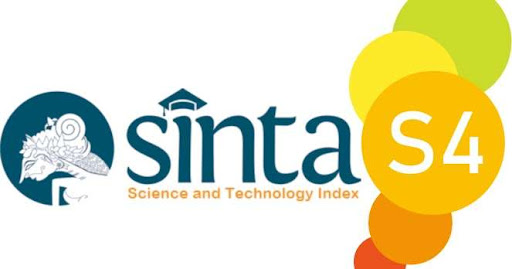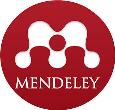Hubungan Ranah Sumber dan Ranah Target dalam Ungkapan Metaforis Tentang Pendidian di Media Sosial X
DOI:
https://doi.org/10.36733/sphota.v16i2.8724Keywords:
metaphor, conceptual, educationAbstract
This study aims to identify conceptual metaphors about education on the social media platform X, as well as the types of metaphors that emerge from observing the phenomenon of educational development in Indonesia, which prompts people to express their emotions on Twitter. Because the use of conceptual metaphors likely occurs unintentionally, resulting in diverse forms, this study seeks to explore the relationship between the source domain and the target domain in metaphorical expressions unintentionally produced by individuals about education. The data in this study is qualitative; data collection was done by documenting and observing data on the social media platform X, aided by note-taking techniques to record the data found, which was then analyzed using the conceptual metaphor theory of Kovecses (2006), which divides metaphors into three types: structural, orientational, and ontological. The study's results show the forms of conceptual metaphors found include education as a place, education as wealth, good as up, bad as down, and education as an entity.
References
Abdul, C., & Muliastuti, L. (2014). Semantik Bahas Indonesia. In Makna dan Semantik (pp. 1–39). Jakarta: Universitas Terbuka.
Arikunto, S. (2013). Prosedur Penelitian Suatu Pendekatan Praktik. Jakarta: Rineka Cipta.
Arimi, S. (2015). Linguistik Kognitif. Yogyakarta: A.Com Advertising Yogyakarta.
Dewantara, H. (2009). Menuju Manusia Merdeka. Leutika.
Fauziyah, A. (2022, November 1). Perubahan Kurikulum 2013 ke Kurikulum Merdeka di Indonesia. Retrieved December 15, 2022, from 14kompasiana website: https://www.kompasiana.com/arifdahfauziyah8681/6360c8b64addee6a076c6382/perubahan-kurikulum-2013-ke-kurikulum-merdeka-di-indonesia
Kamus Besar Bahasa Indonesia. (2009). Jakarta.
Kovecses, Z. (2006). Language, Mind, and Culture. Oxford: Oxford University Press.
Lakoff, G., & Jhonson, M. (2003). Metaphors We Live By. Chicago: The University of Chicago Press.
Putra, D. S. A. (2022). Metafora Konseptual “Pikiran” dalam Bahasa Indonesia. Linguista: Jurnal Ilmiah Bahasa, Sastra, Dan Pembelajarannya, 6(2), 121. https://doi.org/10.25273/linguista.v6i2.11456
Sabrina, A. F., Nur, T., Mahdi, S., & Suryadimulya, R. A. S. (2023). Metafora Konseptual pada Album Sentimental (2020) Karya Juicy Luicy: Kajian Semantik Kognitif. Basastra, 12(1), 94. https://doi.org/10.24114/bss.v12i1.41488
Sambodo, U. P. (2022). Penggunaan Metafora Konseptual dalam Buku Teks Pembelajaran Bahasa Indonesia Kelas X. Metafora: Jurnal Lintas Disiplin Studi Metafora, 1(1), 56–72. https://doi.org/10.26877/mf.v1i1.10518
Sudaryanto. (2015). Metode dan Aneka Teknik Analisis Bahasa: Pengantar Penelitian Wahana KEbudayaan secara Linguistis. Yogyakarta: Sanata Dharma University Press.
X. (n.d.). Retrieved September 25, 2022, from https://x.com/home
Vladimirovich, B. E., Prokopievich, C. A., & Filippovna, T. G. (2015). Conceptual Metaphor in Educational Discourse. Biosciences Biotechnology Research Asia, 12(1), 561–567. https://doi.org/10.13005/bbra/1698
Widiatmika, P. W. (2023). Metafora Konseptual Hidup Adalah Cerita Pada Tulisan Berbahasa Inggris dan Indonesia di Media Sosial. Jurnal Sasindo UNPAM, 11(2), 1–10. https://doi.org/10.32493/sasindo.v11i2.1-10
Wulandari, N. K. A., Beratha, N. L. S., & Rajeng, I. M. (2022). Compound and Blending Words found on Twitter Related to Covid-19: a Morphological Study. International Journal Of English and Studies (IJOES), 4(4), 269–279.













